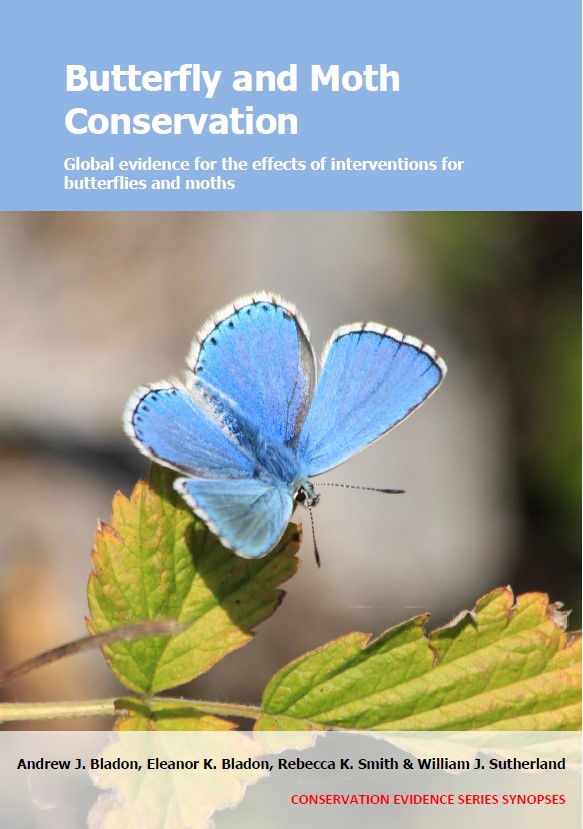Protect greenfield sites or undeveloped land in urban areas
-
Overall effectiveness category Awaiting assessment
-
Number of studies: 2
View assessment score
Hide assessment score
How is the evidence assessed?
-
Effectiveness
not assessed -
Certainty
not assessed -
Harms
not assessed
Study locations
Supporting evidence from individual studies
A replicated, site comparison study in 2002–2003 in 39 tropical rainforest reserves, forest fragments and urban parks in Singapore (Koh & Sodhi 2004) found that protected primary or secondary forest reserves had a higher species richness of butterflies than forest fragments or urban parks. In protected forest reserves, the species richness of butterflies (8–27 species) was higher than in forest fragments (1–12 species) or urban parks (3–16 species). Forest reserves also had more unique, forest dependent, or specialist species than urban parks (data presented as model results). Four forest reserves (54–1,147 ha) consisted of old secondary and primary lowland tropical rainforest and freshwater swamp forest. Fourteen forest fragments (2–73 ha) contained patches of abandoned plantation and degraded secondary forest. Twenty-one urban parks (1–53 ha) were land that had been cleared, revegetated and maintained with a mix of native and non-native plants. From June 2002–June 2003, butterflies (excluding blues (Lycaenidae) and skippers (Hesperiidae)) were surveyed three times along one to fourteen 100-m transects/site.
Study and other actions testedA site comparison study in 2012–2013 in an urban protected area in Puebla, Mexico (Barranco-León de las Nieves et al. 2016) found that native woodland remnants and abandoned grassland had higher species richness of butterflies than non-native Eucalyptus camaldulensis plantations. The species richness of all butterflies and of forest specialist butterflies in dry oak forest remnants (all: 51–57; specialist: 27–28 species), moist oak forest remnants (all: 40–44; specialist: 21–22 species) and abandoned grassland (all: 43–61; specialist: 16–22 species) was higher than in Eucalyptus plantations in both the warm-rainy and cold-dry season (all: 22–25; specialist: 12 species). However, the four habitats had different species composition, especially in the warm rainy season. The 675-ha reserve consisted of four habitat types: moist (11% by area) and dry oak forest (58%), abandoned grassland previously used for grazing (23%), and Eucalyptus plantations (6%). From July–September 2012 (warm rainy season) and January–March 2013 (cold dry season), butterflies were surveyed nine times/season, at 9–12 day intervals, on three 300-m transects/habitat type. Butterfly species were divided into 48 habitat generalists adapted to human-disturbed landscapes, 41 forest specialists which require forests for at least part of their life cycle, and two unclassified species.
Study and other actions tested
Where has this evidence come from?
List of journals searched by synopsis
All the journals searched for all synopses
This Action forms part of the Action Synopsis:
Butterfly and Moth Conservation
Butterfly and Moth Conservation - Published 2023
Butterfly and Moth Synopsis





)_2023.JPG)














